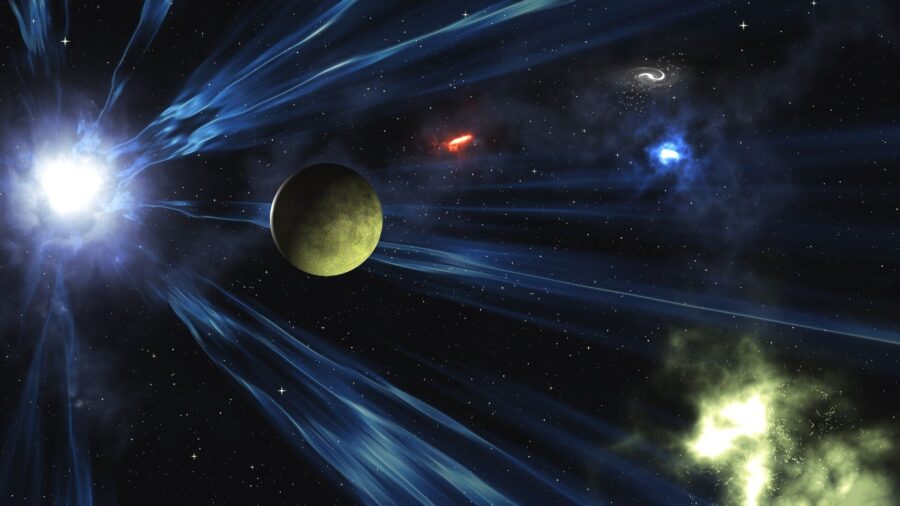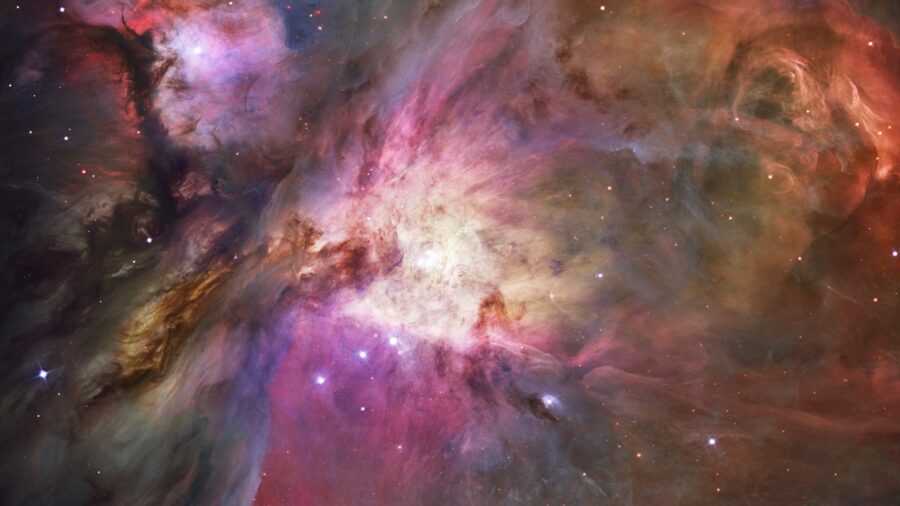Giant Planet-Like Objects Discovered And They Are Doing Something Unbelievable

According to BBC News, The James Webb Space Telescope (JWST) has discovered some Jupiter-sized planet-like objects called JuMBOs floating freely in space, not orbiting any star. Strangely, though, these objects are pairing up and moving in groups of two, leaving astronomers at a loss to fully explain their behavior. The JWST has identified roughly 40 such pairs in its recent survey of the Orion Nebula.
Massive objects like planets, called JuMBOs, are moving in pairs through space and seemingly not in orbit of any star or other object.
The term JuMBOs is a shortening of the nickname Jupiter Mass Binary Objects, which has been given to these celestial bodies. It is possible these objects were developed in areas of the Orion Nebula with insufficient density to generate fully-formed stars. Another hypothesis being floated is that these bodies originally formed around stars and then were spun out into space through some unknown interaction.
According to Professor Mark McCaughrean, senior science advisor to the European Space Agency (ESA) who led the team that found the JuMBOs, the latter ejection hypothesis appears at the moment to be the most likely explanation. The problems with understanding the origin of these bodies include the fact that objects with the mass of Jupiter should not be able to exist on their own, according to gas physics.
Another mystery is that, while single planets have been known to be ejected from star systems, it’s unclear why the JuMBOs are moving in pairs.
The new survey of the Orion Nebula that allowed the identification of the JuMBOs comprises some 700 views taken over the course of a week.
The JuMBOs were found thanks to the incredible resolution and infrared sensitivity of the JWST, which has allowed astronomers to learn a great deal more information than was already available through the Hubble Space Telescope.

While the JuMBOs have attracted a major part of the attention given to the JWST’s new findings in the Orion Nebula, there is an incredible amount of detail already being uncovered.
The new survey of the Orion Nebula that allowed the identification of the JuMBOs comprises some 700 views taken over the course of a week. The nebula itself is a large-star forming region and is the closest of its kind to Earth, meaning this new survey should give scientists remarkable insight into the formation of stars.
Though the Orion Nebula that has given rise to the JuMBOs is near to Earth in cosmic terms, such estimations are relative as the nebula is 1,400 light-years from our planet. Thousands of young stars exist within the nebula, with masses as much as 40 times that of our sun and as little as 0.1 times its mass. The nebula is named for the Orion constellation, which is composed of stars within the gas and dust cloud.
While the JuMBOs have attracted a major part of the attention given to the JWST’s new findings in the Orion Nebula, there is an incredible amount of detail already being uncovered. Since there is so much we have been unable to see before now within nebulae like Orion, what at first seems to be a completely unique phenomenon might actually be something much more common.
According to Dr Heidi Hammel, a multidisciplinary scientist who was not involved with the project, it is possible that binary planets like this are spun off all the time in star nurseries but have simply been unobserved to this point.
The JuMBOs, therefore, represent just one piece of knowledge scientists are gaining through the amazing quality of the images being collected by the James Webb Space Telescope. The number of discoveries yet to be made is unfathomable and the possibilities are truly endless. As this amazing tool continues to teach us more about the universe around us, we will continue to learn more about our place within it.












